This post may contains affiliate links. Read our full disclosure here.
Ever felt lost in a swirl of wine jargon? You’re not alone. Between “tannins,” “terroir,” and “volatile acidity,” even ordering a glass can feel like decoding a secret language. But here’s the truth: understanding wine terms isn’t about elitism—it’s about unlocking stories in every sip. This is especially true when diving into A Beginner’s Guide to Wine Tasting Terminology.
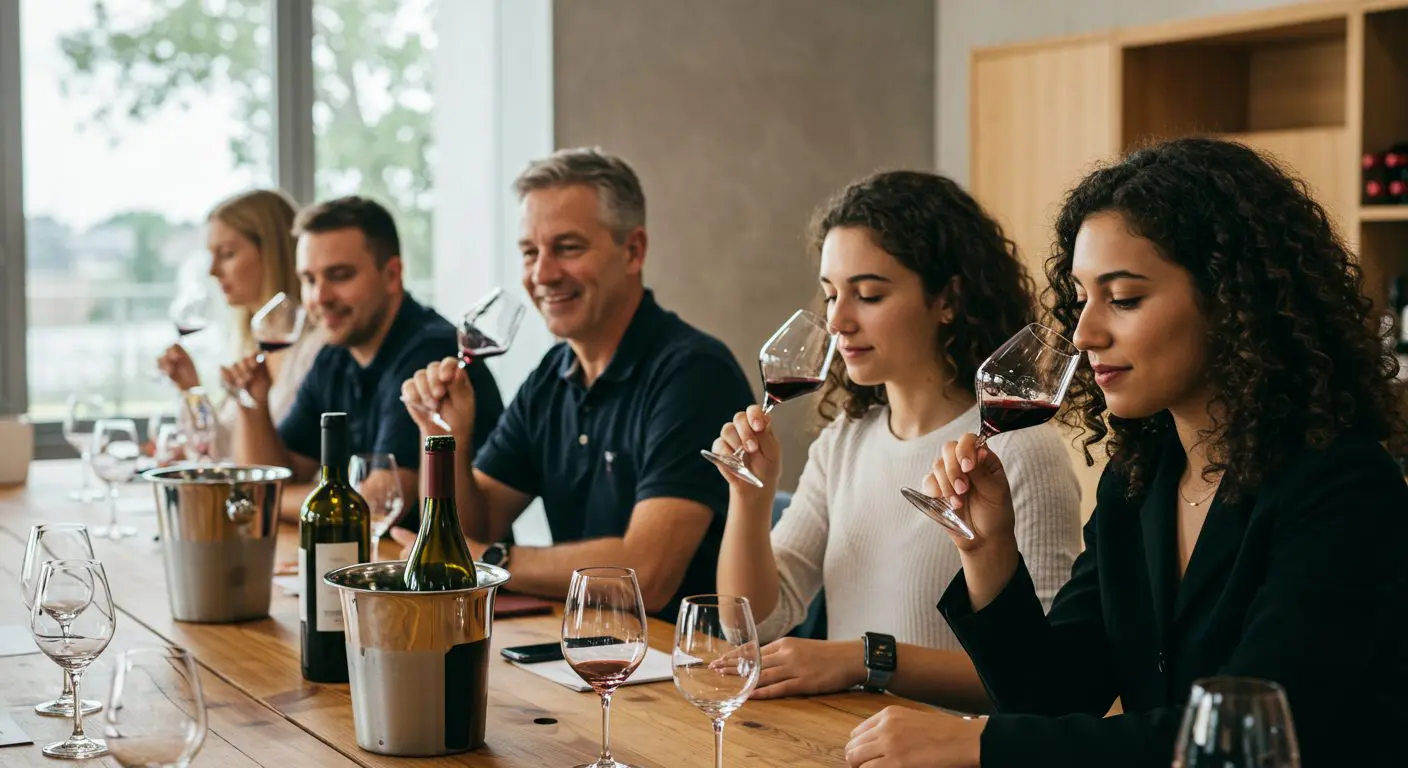
This guide cracks the code. Think of it as your cultural decoder ring, blending the precision of sommeliers with the clarity of your favorite podcast. We’ll dissect why acidity makes your mouth water, how oak shapes flavors like vanilla whispers, and why “body” has nothing to do with gym memberships.
Why does this matter? Because wine isn’t just fermented grapes—it’s geography in a glass. When you grasp terms like “dry” (spoiler: it’s about sugar, not moisture), you’re not just tasting—you’re connecting with centuries of craft. Our approach? Ditch the snobbery. Keep the wonder.
We’ve road-tested this with experts from Wine Folly’s cult-favorite courses. Their secret? Pairing technical breakdowns with real-world metaphors. Swirling isn’t just for show—it’s your aromatic GPS. And that “finish” everyone raves about? It’s the encore after the main act.
Introduction to the World of Wine Tasting: A Beginner’s Guide to Wine Tasting Terminology
Picture this: a packed Brooklyn loft where wine glasses outnumber smartphones. Urbanites swirl Cabernets like they’re decoding Da Vinci’s notebooks. Why? Because tasting’s the new tasting—a sensory sport where every sniff reveals stories from soil to cellar.
To truly appreciate the nuances of what you’re tasting, immerse yourself in A Beginner’s Guide to Wine Tasting Terminology. This will enhance your experience and understanding.
Modern wines are liquid mood boards. That burst of black cherry? It’s Napa Valley sunshine trapped in grapes. Those herbal whispers? Imagine Provence’s lavender fields doing a collab with your taste buds. Aromas aren’t just scents—they’re time machines in stemware.

Here’s the plot twist: alcohol isn’t just about buzz. Higher ABV wines strut like HBO’s Succession characters—bold, lingering, leaving warmth in their wake. Lower ones? Think indie film charm: crisp, quick exits. Your tongue’s the red carpet.
New to this flavor detective work? Relax. Even sommeliers started somewhere. Try this: next sip, ask “What’s the taste doing?” Is it tart like that viral lemonade stand? Smooth as a TikTok transition? Your palate’s already smarter than you think.
With 1,300+ grape varieties, every bottle’s an expedition. One day you’re sipping Argentinian Malbecs darker than celebrity secrets, next you’re chasing German Rieslings brighter than TikTok LEDs. The rules? There are none—just your senses, the glass, and undiscovered territories.
Understanding A Beginner’s Guide to Wine Tasting Terminology
Let’s cut through the vineyard vines of confusion. Wine tasting isn’t about memorizing flashcards—it’s decoding flavor hieroglyphics. Think of terms as your Rosetta Stone for transforming gulps into revelations.
What You Need to Know as a New Wine Taster
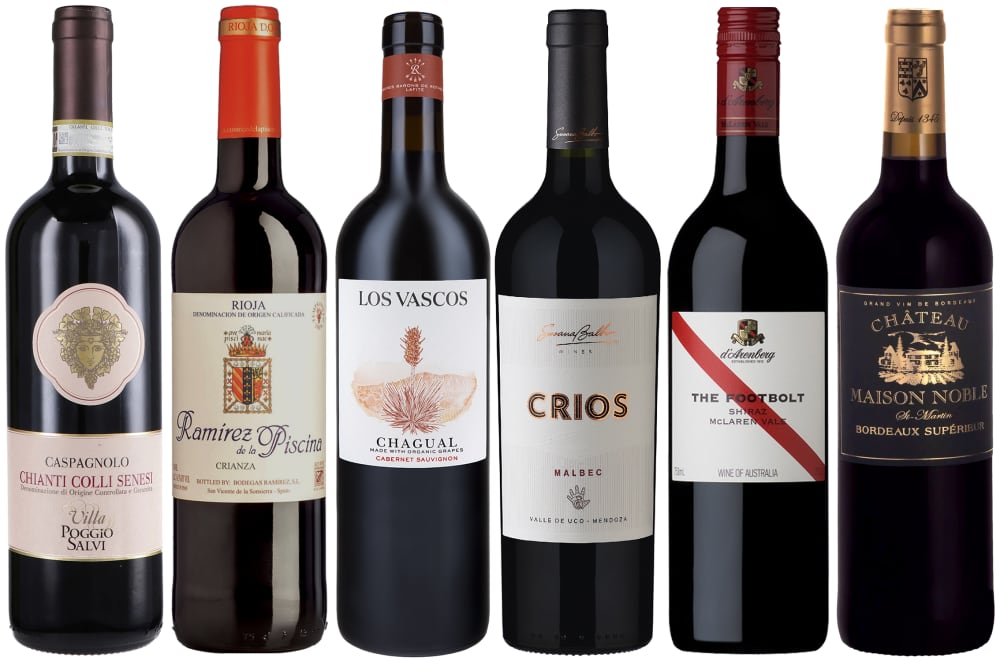
Tasting is method acting for your palate. When pros say “attack,” they’re not staging a coup—they’re describing that first flavor splash. Your nose works like a Spotify algorithm, sorting aromas into playlists: citrus? Berries? Wet stone from that TikTok ASMR account?
Your mouth tells the real story. Tannins—those cheek-puckering compounds—act like a celebrity feud: dramatic, lingering, shaping the narrative. Lighter wines? They’re the friend who leaves parties early. Full-bodied ones? The life-of-the-group type who orders last-call tequila.
Why Wine Tasting Terminology Matters
Knowing terms turns “this tastes red” into “this Malbec’s blackberry jam finish rivals Cardi B’s verse on ‘WAP’.” Sommeliers aren’t just bottle whisperers—they’re the Beyoncés of the fermentation world, using precise language to reveal terroir truths.
That nose you’re analyzing? It’s the wine’s Instagram bio—curated, intentional, hinting at deeper layers. And when you describe tannins as “velvet handcuffs” instead of “dry,” you’re not just drinking—you’re directing a flavor documentary.
Deciphering Wine Composition and Sensory Elements
Think of wine as a DJ set—acidity cranks the energy, tannins drop the bassline, and body controls the crowd’s pulse. These elements aren’t just tasting notes; they’re the blueprint of every bottle’s personality.
Acidity, Tannins, and Body Explained
Acidity is the zing that makes your mouth water like biting into a Granny Smith apple. Wines with pH levels below 3.4 (looking at you, German Riesling) deliver that electric freshness cutting through rich dishes.
Tannins are the textural power move. Imagine chewing a black tea bag—that drying grip shapes a wine’s structure. They’re the reason Cabernet Sauvignon leaves your cheeks puckered like a Netflix cliffhanger.
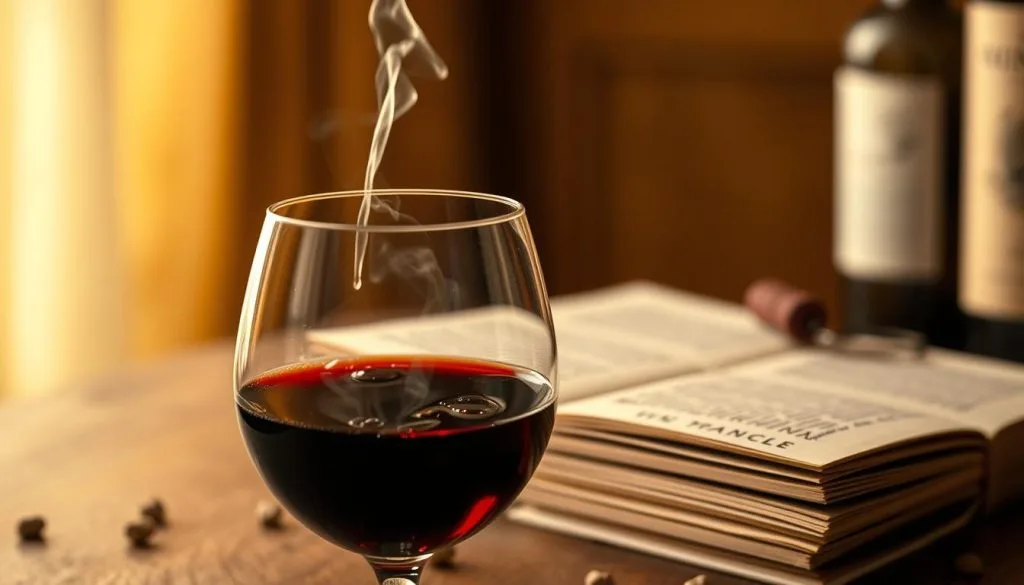
Body is liquid weight. Light-bodied wines glide like almond milk, while full-bodied ones coat your tongue like melted Häagen-Dazs. Alcohol and sugar amp the richness—think whole milk versus skim.
The Role of Aromas and the Nose in Tasting
Your nose is a scent detective. Swirling unleashes aromas like opening a TikTok trend alert—suddenly there’s peach, wet stone, and vanilla bean. These whispers reveal hidden layers: a Malbec’s blackberry jam scent hints at sun-baked Argentine vineyards.
Balance is everything. When acidity, tannins, and sweetness harmonize, it’s like a perfectly curated Spotify playlist—no one element overpowers the vibe. That’s why sommeliers geek over pH levels and oak aging like audiophiles dissecting vinyl pressings.
Wine Glass Essentials and Tasting Techniques
Your wine glass isn’t just stemware—it’s a flavor launchpad. The right vessel turns sips into symphonies, balancing science and style like a Blackpink choreography. Let’s break down why geometry matters as much as grape variety.
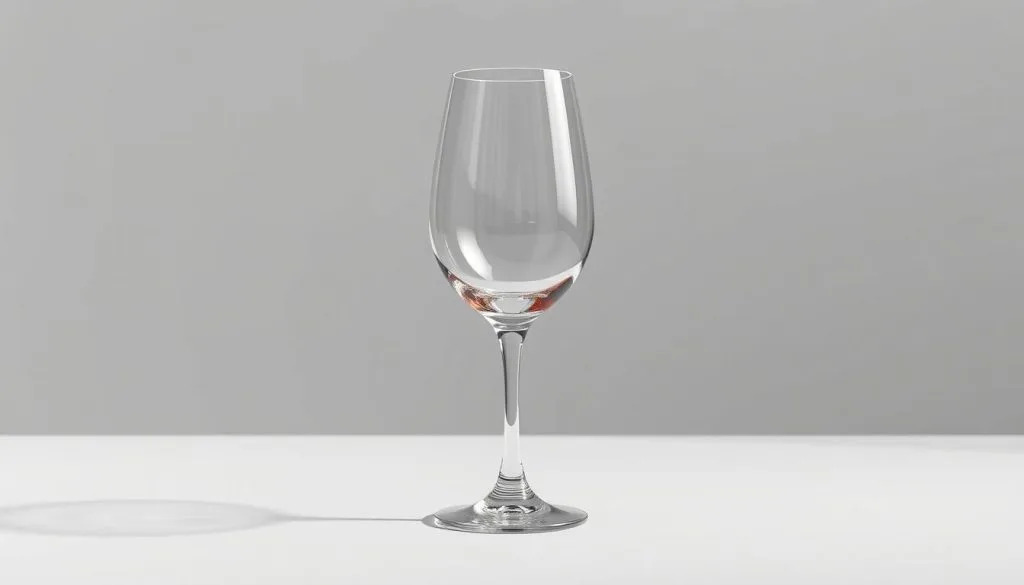
Key Parts of a Wine Glass
Every glass is engineered like a Tesla. The bowl acts as an aromatic megaphone—wider openings for bold reds, narrower for crisp whites. Hold the stem like you’re texting an ex: firm but relaxed. This prevents heat transfer, keeping your Chardonnay colder than Stanley Cup memes.
| Part | Function | Pro Tip |
|---|---|---|
| Rim | Directs wine to optimal taste zones | Thin edges = smoother sip |
| Bowl | Controls oxygen exposure | Bigger for aged Cabernets |
| Foot | Stability during swirling | No wobbly table excuses |
How to Swirl, Sniff, and Sip
Swirl like you’re scratching a vinyl—clockwise circles create an aromatic vortex. Lean in for the sniff: first pass detects fruit notes, second reveals hidden layers like truffle or tobacco. When sipping, let the wine hit every mouth zone. Front palate catches sweetness, sides register acidity, back measures tannin grip.
Pro move: Use stemless glasses for casual tastings but avoid them for serious sessions. Your hand’s warmth alters flavors faster than Twitter cancels celebrities. Master these techniques, and even Trader Joe’s $6 bottle will taste like a mic drop moment.
Exploring Regions, Terroir, and Vineyard Influences
Think of terroir as wine’s genetic code—the natural algorithm that programs flavors through soil, sun, and slope. It’s why Oregon Pinot Noirs taste like rainy forest walks, while Australian Shiraz smacks of sunburnt earth. This isn’t just dirt talk—it’s liquid geography.
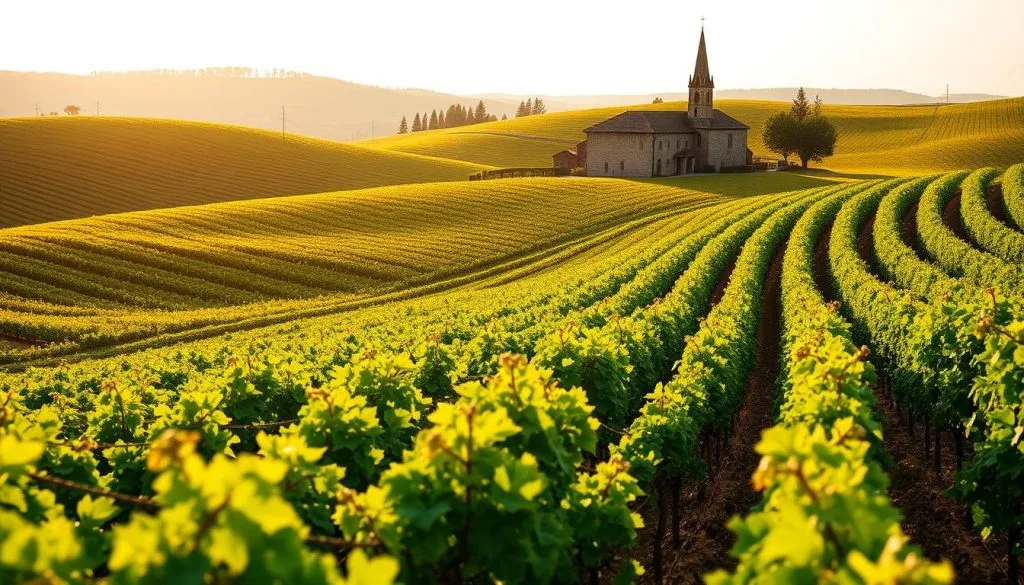
Why Dirt Matters More Than You Think
Your favorite vineyard’s soil works like social media algorithms. Chalky Champagne grounds? That’s TikTok—light, bubbly, addictive. Bordeaux’s gravel? Pure Twitter: sharp, structured, debate-ready. Regions with AOC or AVA stamps (France and America’s quality badges) prove ground truth matters more than influencer hype.
Climate’s the unsung DJ here. Cool-climate vineyards (think Burgundy) produce wines leaner than minimalist apartments. Warm zones like Napa? They’re the Coachella headliners—bold, loud, impossible to ignore. Topography’s the backup dancer: steep slopes drain water like TikTok trends fade, concentrating flavors.
“Terroir isn’t poetry—it’s forensic science with better PR.”
“Terroir isn’t poetry—it’s forensic science with better PR.”
Legally defined regions aren’t just map lines. They’re flavor warranties. An AVA-labeled Sonoma Cabernet guarantees more California sunshine than a Tesla roof. Meanwhile, AOC-certified Burgundies come with built-in Frenchness—like baguette crumbs in the barrel.
Your next bottle’s vineyard location is its fingerprint. That ashy aftertaste in Santorini Assyrtiko? Volcanic soil residue—Mother Nature’s version of a mic drop. It’s not just drinking—it’s time-traveling through landscapes.
Key Tasting Elements in Wine Production

Cracking open a wine bottle is like jailbreaking an iPhone—suddenly you’re seeing the code behind the magic. Winemaking isn’t just farming grapes; it’s a biochemical rave where yeast and sugar headline the party. Here’s how fermentation and maceration craft the liquid art in your glass.
How Winemaking Impact Formats: Fermentation and Maceration
Fermentation is the main event—yeast devouring sugar like a Coachella crowd moshing for confetti. This process doesn’t just create alcohol; it births flavor compounds called esters. Think of them as the wine’s personality traits: pear drop notes in Chardonnay, banana vibes in Beaujolais.
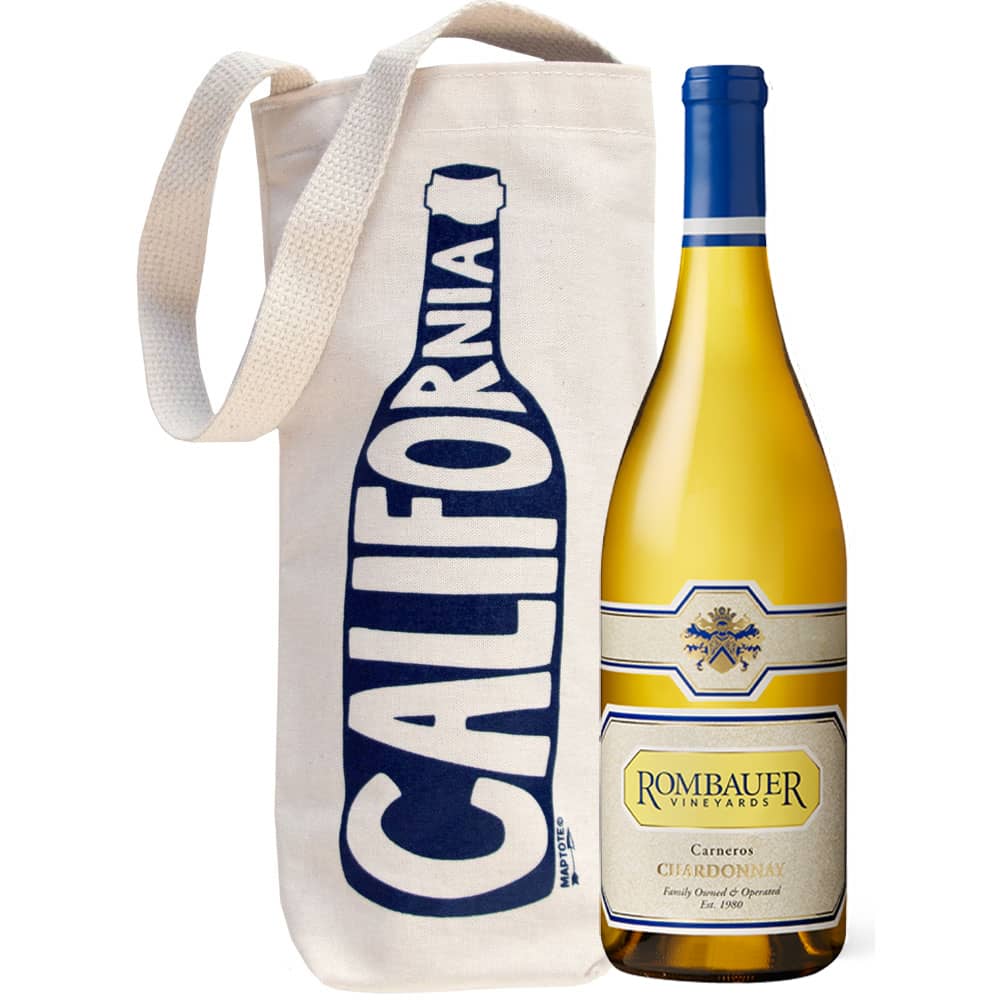
Maceration? That’s the cold brew method of wine. Grapes soak in their juices, extracting color and tannins like a tea bag steeping in hot water. Longer soaks mean bolder reds—imagine Cabernet Sauvignon as a leather jacket-clad rockstar versus rosé’s poolside acoustic set.
“Wine made” with minimal additives follows a lo-fi playlist: native yeasts, wild fermentation. Conventional producers? They’re the auto-tuned tracks—commercial yeasts for predictable beats. The difference? One tastes like a basement DJ set, the other a Top 40 remix.
Decanting and the Role of Wine Legs
Decanting isn’t just for fancy restaurants—it’s the TikTok filter of wine. Pouring wine into a carafe does two things: aerates flavors (like letting a soufflé breathe) and dumps sediment (the gritty B-side tracks nobody wants).
Those “legs” dripping down your glass? They’re not judging your swirl technique. Thicker streaks signal higher alcohol—like a Tinder bio claiming “6’2” when they’re 5’10”. Use this trick: tilt your glass, watch the tears. Fast runners? Light-bodied. Slow drips? Full-bodied richness.
Pro tip: Decant young tannic reds to soften their edges—it’s like letting a Zoomer influencer mature before their TED Talk. For common wine descriptors, think of decanting as hitting the enhance button on a Instagram story.
Wine Production Methods: From Natural to Organic
Natural wine is the vinyl record of viticulture—unfiltered, imperfect, vibrating with terroir truth. Unlike mass-produced tracks, these bottles skip the autotune of additives, letting native yeasts conduct spontaneous fermentation. Organic wines? They’re the farm-to-table chefs of the cellar—no synthetic pesticides, just pure soil symphonies.
When Grapes Go Rogue
Natural winemaking follows a punk ethos: wild yeasts, zero sulfites, hazy textures. Think cloudy Pet-Nats from Loire rebels like Marcel Lapierre—their red wines taste like raspberry jam left fermenting in grandma’s cellar. Organic producers like Frey Vineyards opt for USDA-certified vineyards, swapping chemicals for compost teas that boost biodiversity.
| Method | Red Wines | White Wines | Signature Move |
|---|---|---|---|
| Natural | Extended skin contact | Unfiltered textures | Funky, alive, unpredictable |
| Organic | Sustainably grown grapes | Crisp, mineral-driven | Clean lines, eco-conscious |
Sugar plays double agent here. In natural white wines, residual sweetness becomes a terroir fingerprint—unlike conventional bottles scrubbed sterile. Oregon’s Day Wines proves this: their skin-fermented Chardonnay carries honeyed notes without added sugar, letting native yeasts dictate the groove.
These methods rewrite wine feels. Natural red wines often punch with gritty tannins—like licking a wet stone at a Brooklyn rooftop party. Organic pours? They’re the silk slip dress of textures: smooth, effortless, Instagram-ready. As Jules Chauvet’s disciples say: “Additives are crutches for bad grapes.”
Advanced Insights on Wine Terminology and Sensory Experience

Consider the 2018 Napa Cabernet Sauvignon in your glass a time capsule. Its texture—a mix of graphite grip and velvet—speaks to vintage conditions hotter than Cardi B’s Met Gala looks. This is where wine terminology evolves from basics to brilliance.
Breaking Down Complex Wine Terms
Vintage variation isn’t just about years—it’s climate’s fingerprint. A cool 2021 growing season might give Pinot Noir the tension of a Hitchcock plot twist. Hotter years? They’re the blockbuster sequels: bold, ripe, crowd-pleasing.
Texture forms a wine’s physicality. Grape seeds and skin contribute tannin levels like a DJ adjusting bass frequencies. Cabernet Sauvignon often wears its structure like Balenciaga armor—dense, structured, built to age.
| Element | Impact | Example |
|---|---|---|
| Harvest Time | Sugar/Acid Balance | Early-picked Rieslings = electric acidity |
| Grape Variety | Flavor DNA | Sangiovese’s cherry-skin tartness |
| Maceration | Tannin Extraction | 48-hour soak vs. 3-week marathon |
Weight separates light-bodied quaffers from wines that sit on your palate like a Tesla Cybertruck. Alcohol levels and residual sugar act as invisible architects—higher percentages build denser elements.
Master these terms, and you’ll dissect Cabernet Sauvignon like a sommelier: “The 2016’s iron texture suggests volcanic soils, while its lingering feeling of crushed violets hints at 18 months in French oak.” Suddenly, every sip becomes a forensic analysis with better lighting.
Final Sip: Bringing Wine Tasting Terms to Life in Every Glass
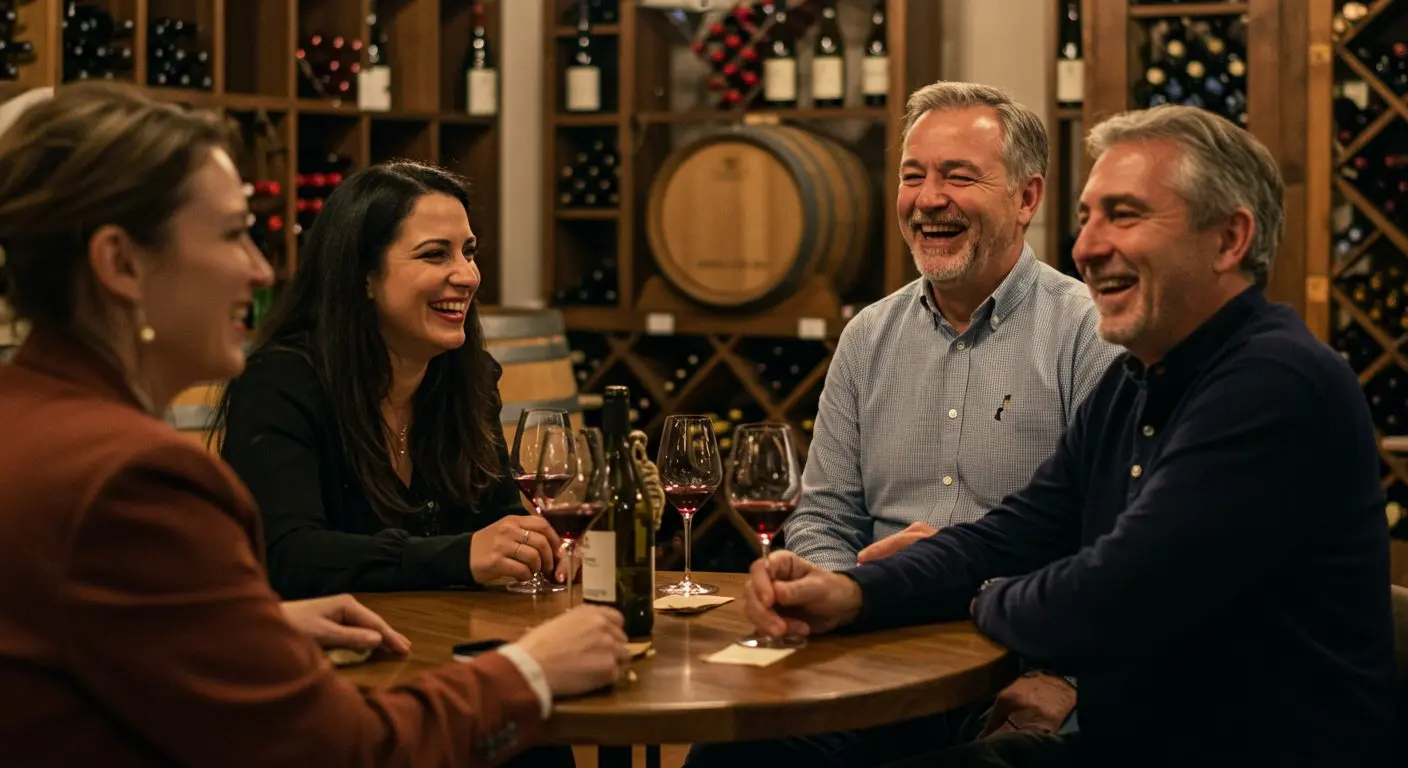
The final pour reveals more than flavors—it uncovers confidence. From tannins that grip like vintage leather to aromas whispering of sun-soaked vineyards, every term mastered becomes a decoder ring for liquid artistry. This journey through wine’s language transforms sips into stories—whether analyzing glass shapes that amplify citrus notes or decoding grape varietals’ hidden codes.
Understanding the process—from fermentation’s alchemy to decanting’s oxygen dance—turns novices into narrators. That aroma of wet stone in your Riesling? It’s not just scent memory—it’s geology in your stemware. Those wines boasting extended maceration? They’re time capsules of soil and sunlight.
Now’s the moment: Grab that glass, swirl like you’re mixing fate, and let your palate autopsy flavors. Whether dissecting Old World grapes or natural wines’ funky beats, your vocabulary’s the VIP pass. The bottle’s cracked—your tasting revolution’s poured.




